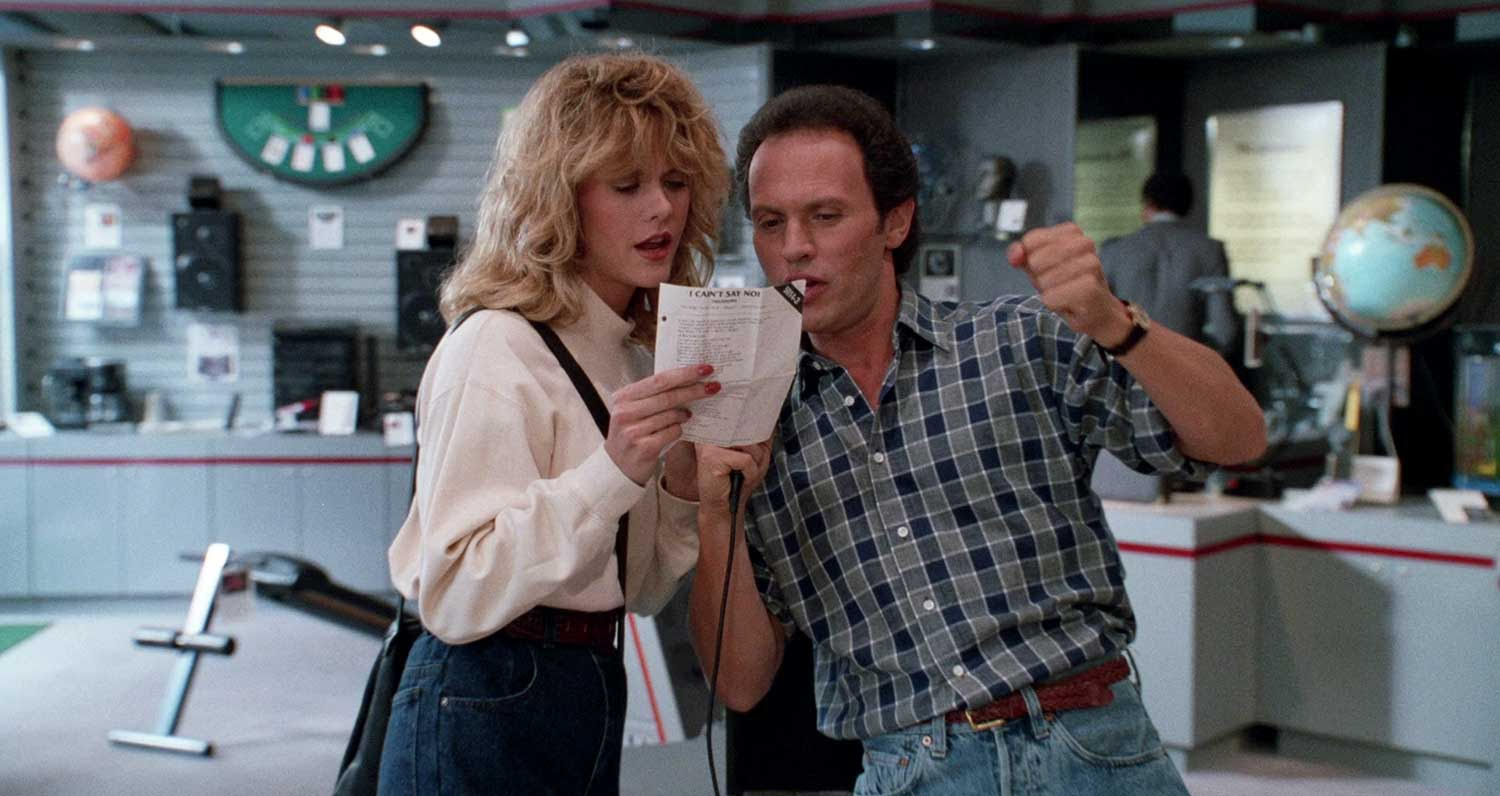Valentine's Day, a day celebrated worldwide as a symbol of love and affection, traces its origins back to ancient Rome. While the modern celebration revolves around romantic gestures and tokens of love, its history is a tapestry woven with threads of religious significance, folklore, and cultural evolution.
The roots of Valentine's Day can be found in the ancient Roman festival of Lupercalia, celebrated in mid-February. This fertility festival honored Lupercus, the Roman god of shepherds, and involved rituals believed to purify the city and promote health and fertility. As Christianity spread across Europe, the early Christian church sought to Christianize pagan festivals, and Lupercalia was eventually replaced by the Feast of Saint Valentine.
The identity of Saint Valentine, the namesake of the holiday, is shrouded in legend and mystery. One popular account suggests that Valentine was a Roman priest who defied Emperor Claudius II's decree banning marriage for young men, secretly marrying couples to spare the husbands from conscription. Another legend claims that Valentine was a compassionate figure who sent love letters to his jailer's daughter, signing them "From your Valentine," before his execution.
In the 5th century, Pope Gelasius I officially declared February 14th as St. Valentine's Day, solidifying its place on the Christian calendar. Over time, the holiday evolved beyond its religious roots and became associated with courtly love in the Middle Ages. Poets like Geoffrey Chaucer and William Shakespeare romanticized the day in their works, further embedding it in popular culture.
The exchange of handmade cards and tokens of affection became customary during the Middle Ages, with the tradition gaining momentum in England by the 17th century. These "valentines" were often adorned with lace, ribbons, and intricate designs, crafted with care and exchanged between lovers.
The Industrial Revolution transformed Valentine's Day into a commercial holiday, with the mass production of greeting cards and the introduction of printed sentiments. By the early 20th century, Valentine's Day had become synonymous with expressing romantic love through cards, chocolates, flowers, and other gifts.
Today, Valentine's Day is celebrated globally, transcending borders and cultures. While some view it as a commercialized affair, others cherish it as an opportunity to express love and appreciation for their significant others, friends, and family members.
In its rich tapestry of history, Valentine's Day remains a testament to the enduring power of love, connecting individuals across time and space in a celebration of human affection and connection.




.webp)
.png)


%20(1).jpg)

